Caralluma (Sensu lato): Antiobesity Plants
Caralluma has attracted the attention of general public because of its antiobesity activity and fascinating cacti growth with ornament flowers. If you search for Caralluma on the internet you get hundreds of websites for its antiobesity properties. Capsules of this plant are being sold in the west at exorbitant prices. It is a million dollar business. Because of this public has developed interest on this plant. This plant group is much attracted the gardeners, cacati lovers and horticulturists recently for its ornamental habit. Caralluma has been usually accepted to include about 120 species African, Asian and South East European distribution. The genus is now segregated into 17 genera by Plowes. Of these 4 genera, 16 species and 10 varieties occur in India. This genus is medicinally important as it shows diverse medicinal properties like Analgesic, anthelmintic, antiarthritic, antigastric ulcer, antihyperglycemic, anti-inflammatory, antinociceptive, antirheumatic, antitumor, appetite suppressant, antiobesity, antioxidant, cytoprotective, Immunostimulating etc. The book includes about 199 pages of text, about 25 line drawings and 28 plates of colour photos. The book includes Introduction, Medicinal uses, Molecular taxonomy, In vitro propagation, Past and Present work, systematic enumeration, websites on Caralluma, References and Pioneer workers on Stapeliad taxonomy. The introductory chapter includes about the history of Caralluma. The following chapter includes medicinal uses and chemical constituents. All the information on the medicinal uses and research on medicinal properties of Caralluma is given in this chapter. Modern tools using molecular taxonomy is used in solving taxonomic problems. This aspect is dealt in chapter 3. Propagation of Caralluma through tissue culture is dealt in chapter 4. Past and present work on floristic of Caralluma in India and abroad is dealt with in Chapter 5. Chapter 6 deals with the systematic enumeration of all the taxa of Caralluma in India. It gives citation, detailed description, distribution of Caralluma in the world and India, nomenclatural notes and line drawings for identification. Websites about Caralluma, References, Contributors to the taxonomy of Caralluma are also given at the end.
Get it now and save 10%
BECOME A MEMBER

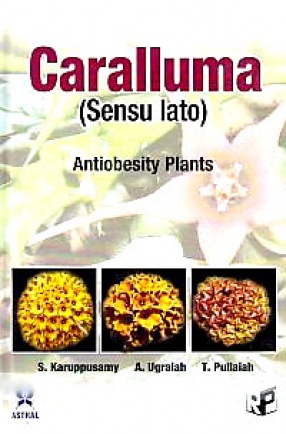

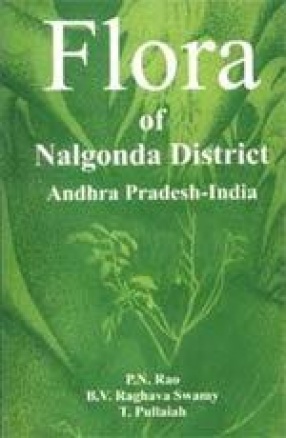
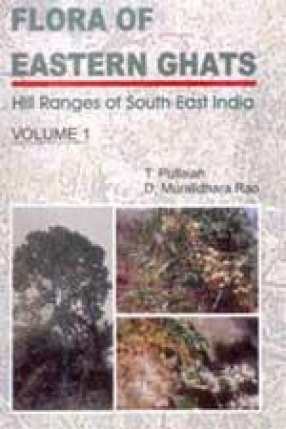
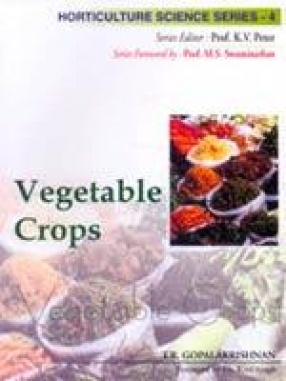
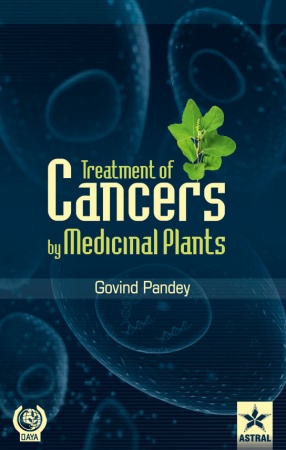
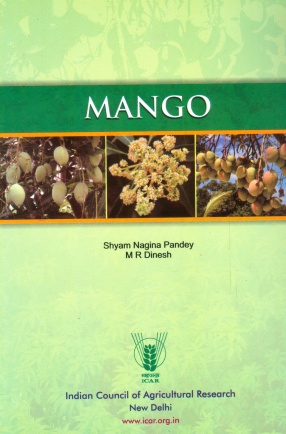
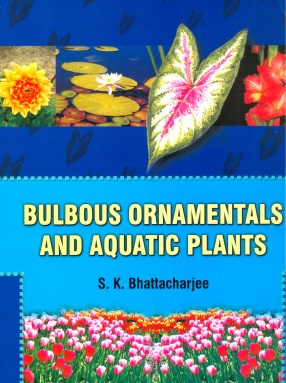

Bibliographic information
A. Ugraiah
T. Pullaiah